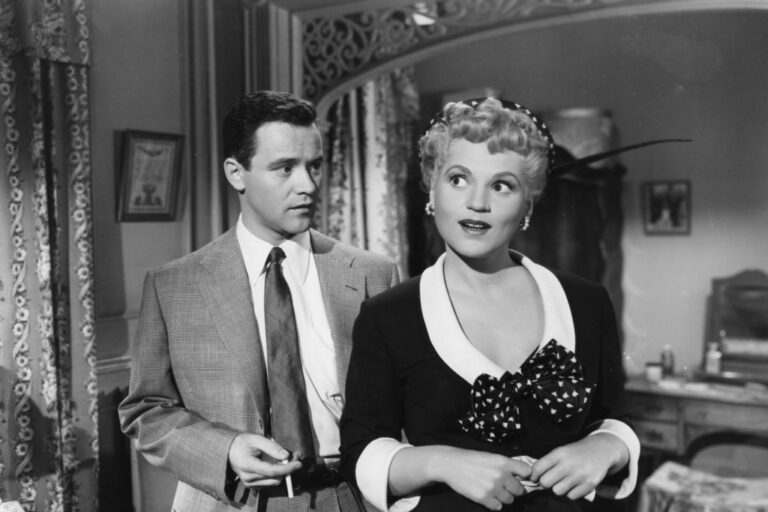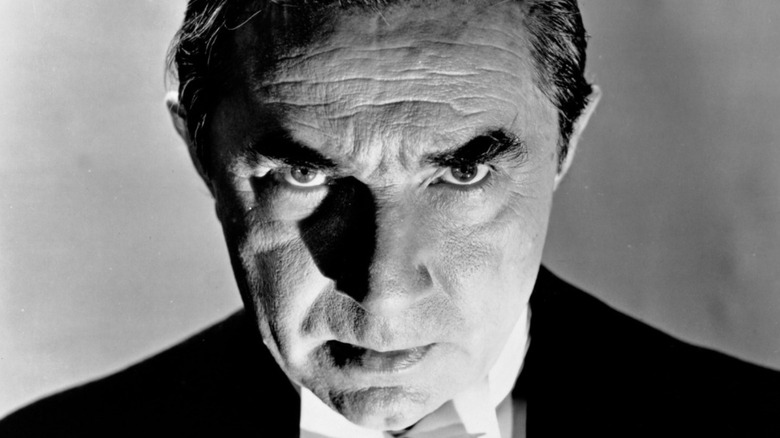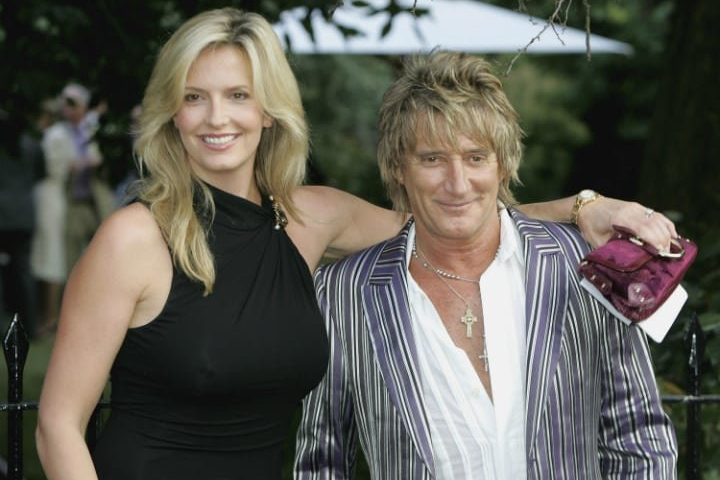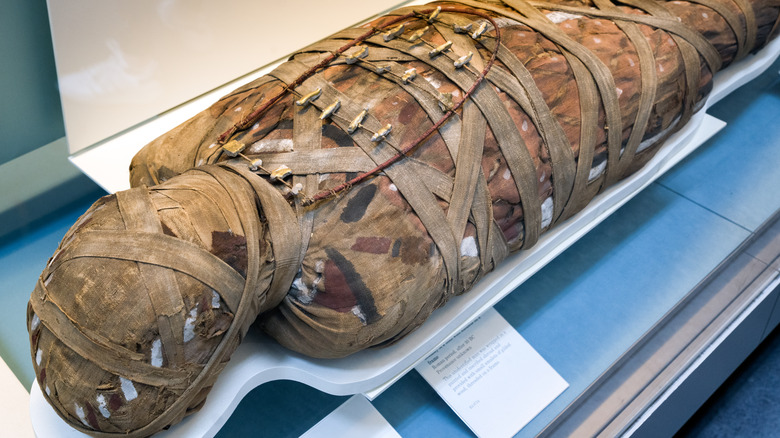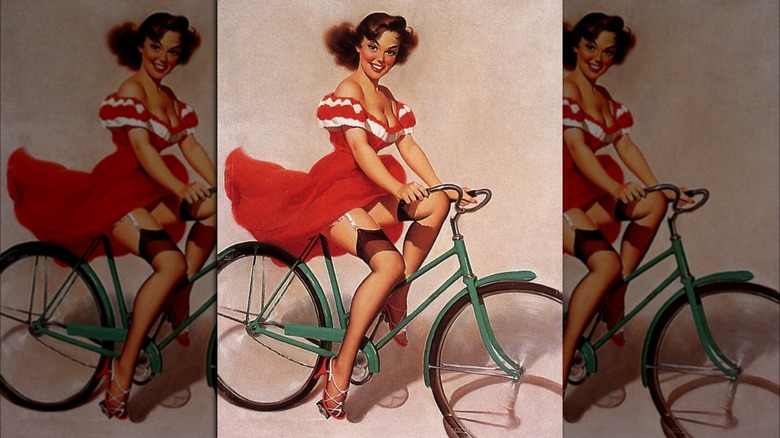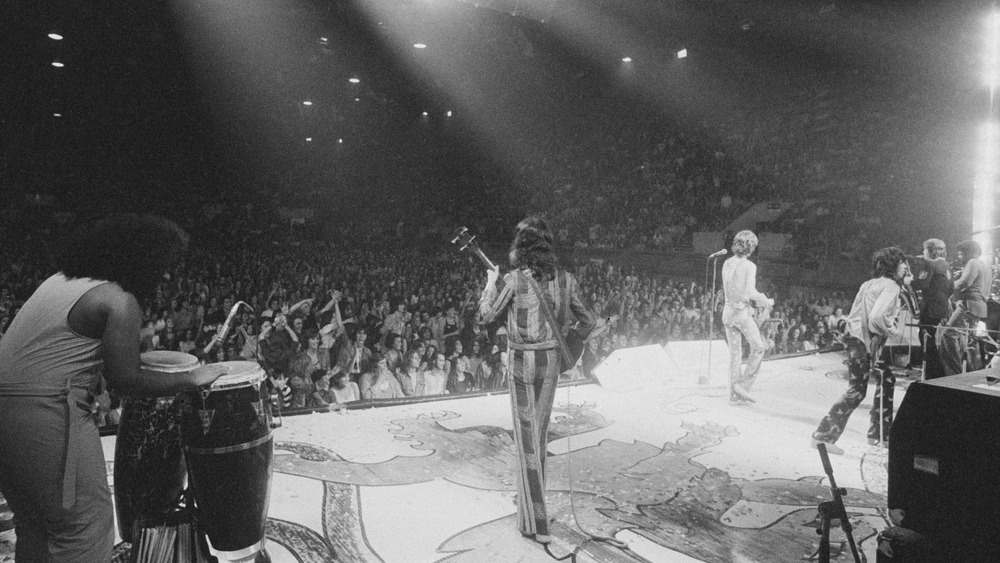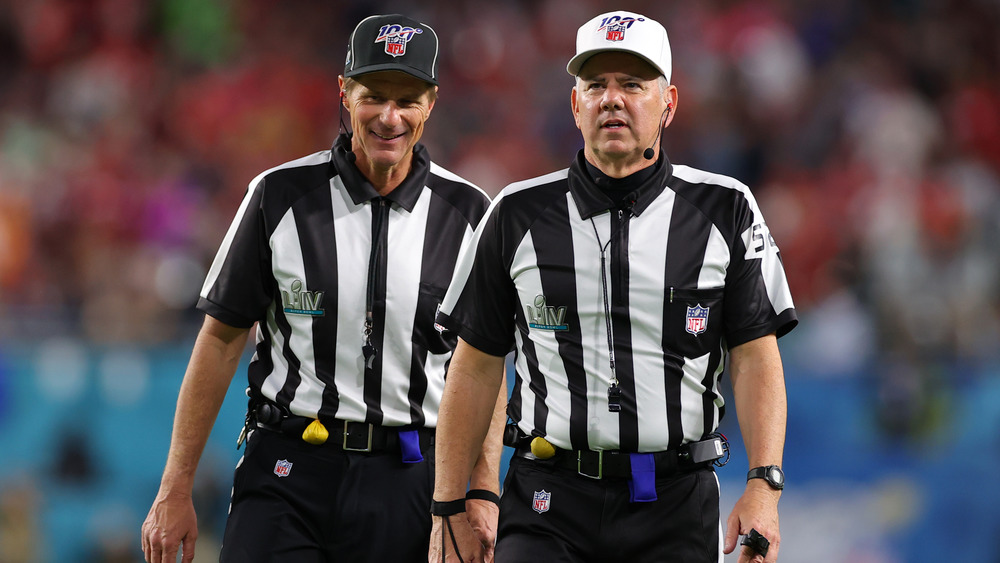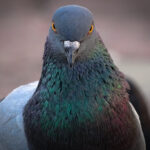
Yes, Pigeon Racing Is Really a Thing

Similar to the flock of pigeons you see in your local park, these birds prefer to stay on their turf. They were the first bird to be properly domesticated, and wherever they have been transported to, once released, they will return to home. Warlords and strategists started noticing this as far back as the early 1100s in Baghdad.
A Thousand Finish Lines
The Racing Homer was a breed specifically cultivated in Belgium in the mid-19th Century by avian enthusiasts who wanted to create a faster and more durable bird to withstand long-endurance distances. They would use the Racing Homer Pigeons, which are larger and faster than your average city Pigeon. They would raise different Racing Homers in various locations, and whenever a message needed to be sent to a specific location, a note would be tied to the foot of a Pigeon from that area. Once the note was secured, the Pigeon was released, and when they oriented themselves, they made the journey back to their home ground. This tradition was commonly called the “sport with a single starting gate and a thousand finish lines.
The Plight of the Pigeon Fancier.”
Throughout the centuries, the sport began receiving international attention and became a form of entertainment with tightly regulated rules. However, a few hurdles have stunted its popularity. For example, the Pigeon Fanciers were an aging population. Due to being exposed to antigens in the bird droppings and avian dust in their lungs, they developed an immune lung disease called Hypersensitivity Pneumonitis (HP). HP, or more commonly known as Bird Fanciers Lung (BFL). It can be fatal if not appropriately treated.
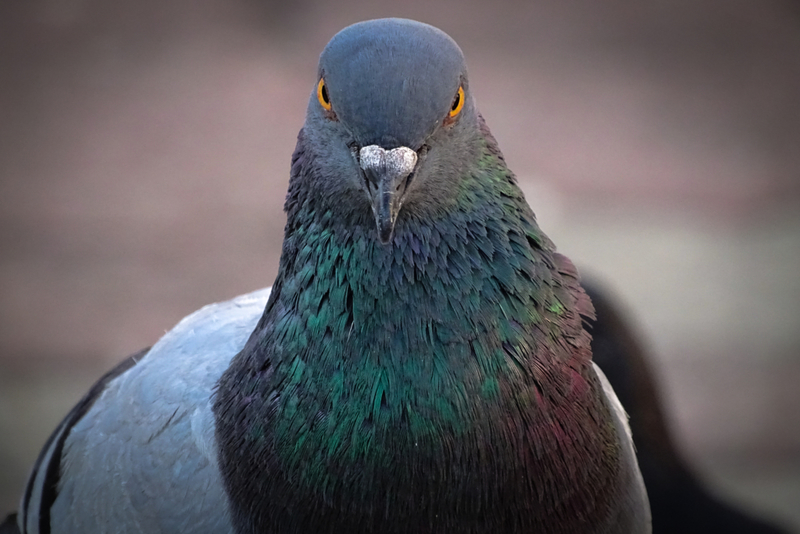
Growing Popularity
In the late 18th Century, Pigeon Racing was introduced into the United States and became well-established. According to the American Racing Pigeon Union, there are over 15 000 registered Pigeon lifts across the country. Modern Day Pigeon Racing involves releasing the Racing Homer birds in a specific location and timing how long it takes them to return home. The Pigeon who traveled home the quickest wins! These distances can vary from 60 to 620 miles, but the time between winners can be seconds. With the aid of Radio-frequency identification (RFID), trainers can track their Pigeons to the finishing line. There is a hobby and a sport for everyone in this world. Some require bodies of water, motor vehicles, and some require animals. Fortunately, the fight for the protection of animals used in entertainment or sports is a strong focal point with zero tolerance.
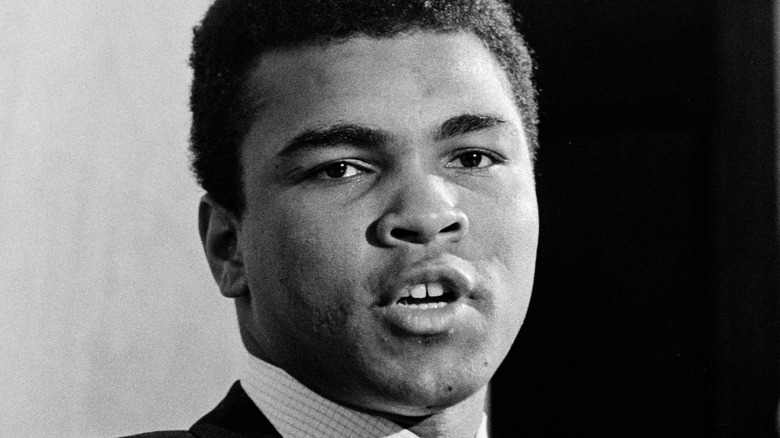
The Muhammad Ali Moment That Changed Mike Tyson's Career Forever

Inside The Tragic Death Of Race Car Driver Gordon Smiley

Suni Lee: What You Don't Know About The Olympic Gymnast

Katie Ledecky: The Untold Truth Of The Olympic Swimmer
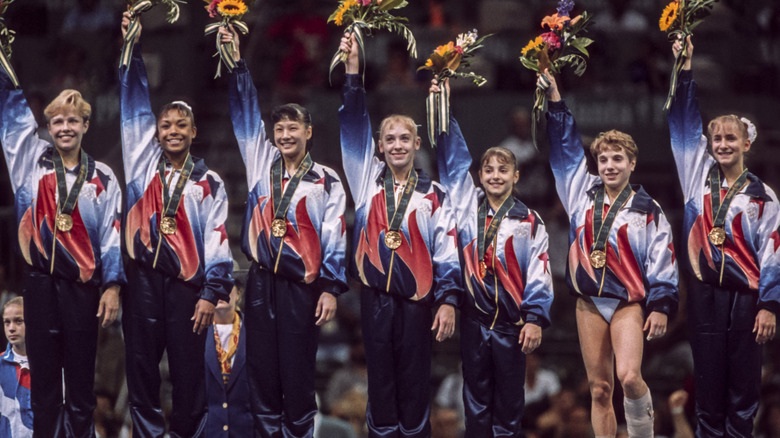
The Magnificent Seven: The Truth About The 1996 US Women's Gymnastics Team

The Real Reason Terrell Owens Went Broke
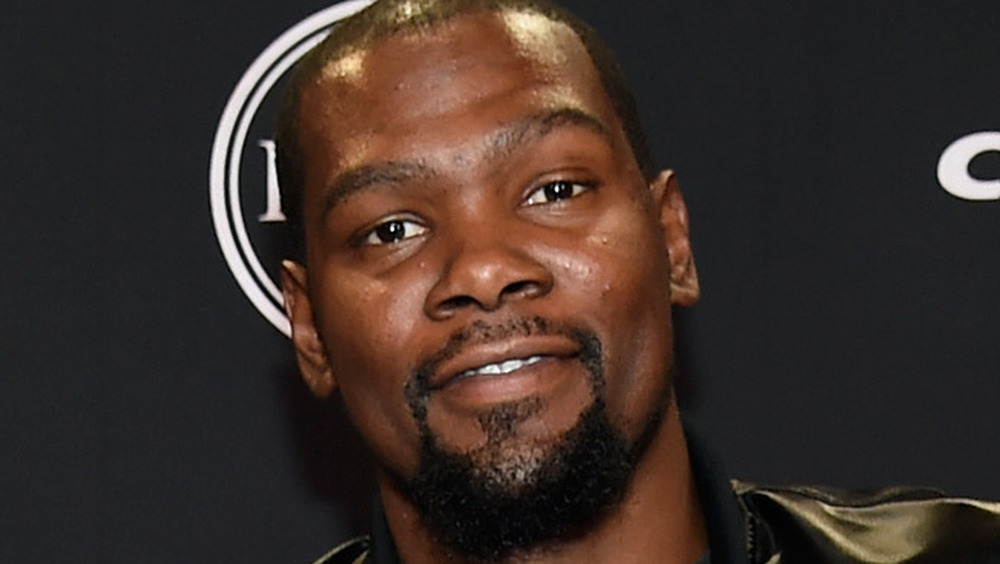
Kevin Durant Is Worth A Lot More Money Than You Think
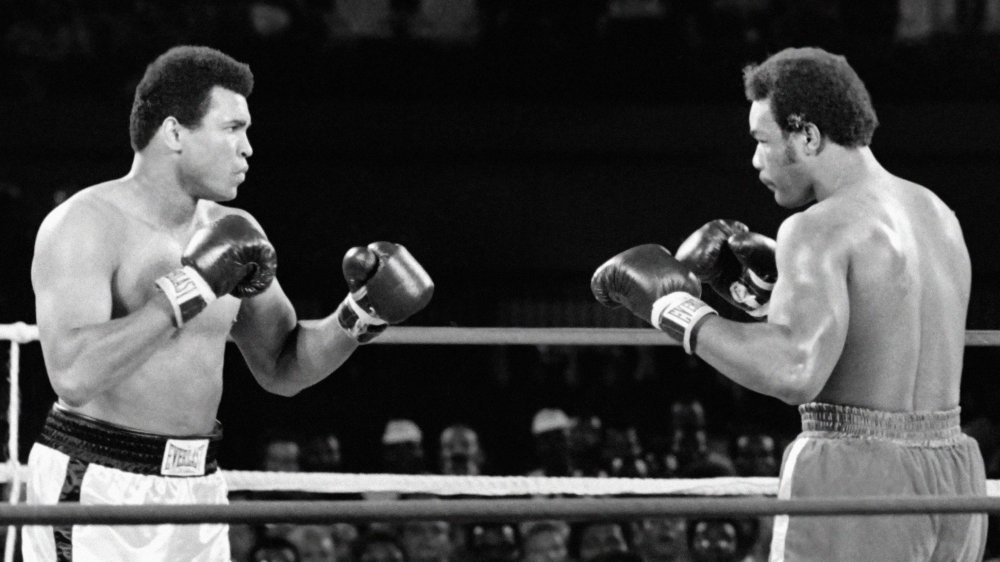
The Truth About Muhammad Ali And George Foreman's Relationship

Here's How Much Money Bruce Lee Was Worth When He Died

Interviews That Athletes Walked Out Of


